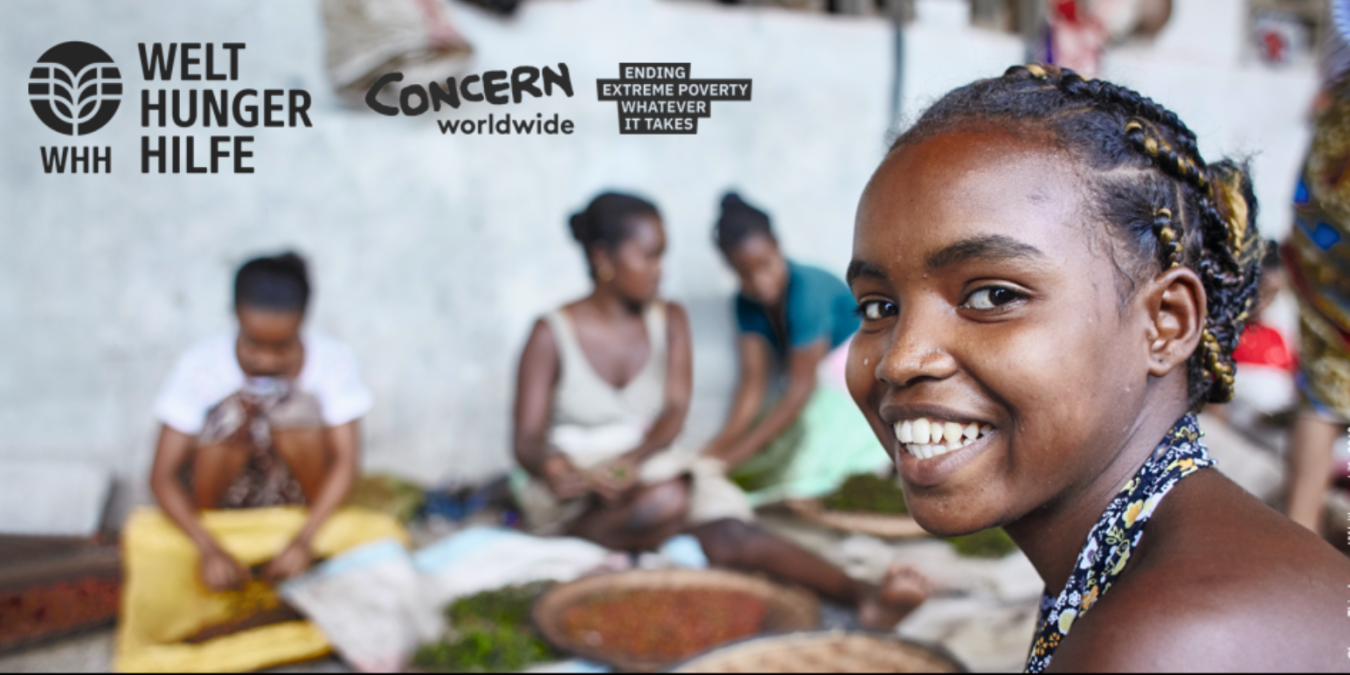Global Hunger Index 2023: Multiplying Crises and Stagnating Progress Against Hunger
Published: Oct 12, 2023 Reading time: 4 minutes Share: Share an articleThe 2023 Global Hunger Index (GHI) shows that after many years of advancement up to 2015, progress against hunger worldwide remains largely at a standstill. With just seven years remaining to fulfil the Sustainable Development Goals (SDGs), the compounding impacts of climate change, conflicts, economic shocks, the global pandemic, and the Russia-Ukraine war have exacerbated social and economic inequalities and slowed or reversed previous progress in reducing hunger in many countries.

Progress on Reducing Hunger Has Largely Stalled
This year’s Global Hunger Index (GHI) shows that, though some individual countries have made significant headway, little progress has been made in reducing hunger on a global scale since 2015. The 2023 GHI score for the world is 18.3, considered moderate—less than one point below the 2015 GHI global score of 19.1.
Furthermore, since 2017, the prevalence of undernourishment, one of the indicators used in the calculation of GHI scores, has been on the rise, and the number of undernourished people has climbed from 572 million to about 735 million. South Asia and Africa South of the Sahara are the world regions with the highest hunger levels, each with a GHI score of 27.0, indicating serious hunger. For the past two decades, these two regions have consistently had the highest levels of hunger. While both regions achieved considerable progress between 2000 and 2015, progress since 2015 has nearly halted, mirroring the trend seen for the world as a whole.
Hunger Remains Serious or Alarming in 43 Countries
According to the 2023 GHI scores and provisional designations, 9 countries have alarming levels of hunger: Burundi, Central African Republic, Democratic Republic of the Congo, Lesotho, Madagascar, Niger, Somalia, South Sudan, and Yemen.
In a further 34 countries, hunger is considered serious. Many countries have seen hunger worsen in recent years: since 2015, hunger has increased in 18 countries with moderate, serious, or alarming 2023 GHI scores. At the current pace, 58 countries will not achieve low hunger by 2030, according to GHI estimates. Nonetheless, there are also examples of progress. Seven countries whose 2000 GHI scores indicated extremely alarming hunger levels—Angola, Chad, Ethiopia, Niger, Sierra Leone, Somalia, and Zambia—have all made progress since then.
Another seven countries have achieved reductions of five points or more between their 2015 and 2023 GHI scores: Bangladesh, Chad, Djibouti, Lao People’s Democratic Republic, Mozambique, Nepal, and Timor-Leste. These reductions in hunger are particularly impressive given the challenges facing the world and the stagnation in hunger levels at the global level in recent years.
The Fight Against Hunger Is Impeded by Overlapping Crises
Overlapping crises, including the fallout from the COVID-19 pandemic, the Russia-Ukraine war, and multiple violent conflicts and climate disasters around the world, have pushed some countries into food crises, while other countries have been more resilient. Low- and middle-income countries, which tend to be more vulnerable to crises, have been hit particularly hard relative to high-income countries. The extent to which countries are able to recover from shocks depends largely on underlying factors, such as state fragility, inequality, poor governance, and chronic poverty. Given that the world is expected to be subject to increased shocks in future years, particularly as a result of climate change, the effectiveness of disaster preparedness and response is likely to become increasingly central to the outlook on food security.
About the The Global Hunger Index Scores
The Global Hunger Index (GHI) is a tool for comprehensively measuring and tracking hunger at global, regional, and national levels over recent years and decades. GHI scores are calculated based on a formula combining four indicators that together capture the multidimensional nature of hunger:
Undernourishment: the share of the population that is undernourished, reflecting insufficient caloric intake
Child stunting: the share of children under the age of five who are stunted (low height-for-age), reflecting chronic undernutrition
Child wasting: the share of children under the age of five who are wasted (low weight-for-height), reflecting acute undernutrition
Child mortality: the mortality rate of children under the age of five
In 2023, data were assessed for the 136 countries that met the criteria for inclusion in the GHI, and GHI scores were calculated for 125 of those countries based on data from 2018 to 2022. The data used to calculate GHI scores come from published UN sources (Food and Agriculture Organization of the United Nations, the World Health Organization, UNICEF, and the United Nations Inter-agency Group for Child Mortality Estimation), the World Bank, and the Demographic and Health Surveys Program.
Of the 136 countries assessed, 11 did not have sufficient data to allow for the calculation of a 2023 GHI score, but provisional designations of the severity of hunger were assigned to 5 of those countries based on other published data. For the remaining 6 countries, data were insufficient to allow for either calculating GHI scores or assigning provisional designations.
The GHI categorises and ranks countries on a 100-point scale: values of less than 10.0 reflect low hunger; values from 10.0 to
19.9 reflect moderate hunger; values from 20.0 to 34.9 indicate serious hunger; values from 35.0 to 49.9 are alarming; and values of 50.0 or more are extremely alarming.
Article adapted from GHI Synopsis by Concern Worldwide and WeltHungerHilfe



